ABC-Mart - Cheonho Branch [Tax Refund Shop] (ABC마트 천호점)
8.0Km 2024-04-18
7, Cheonho-daero 157-gil, Gangdong-gu, Seoul
-
Moggoji [Korea Quality]모꼬지[한국관광 품질인증]
8.0Km 2023-08-31
13-6, Hyehwa-ro 16-gil, Jongno-gu, Seoul
+82-10-9389-2837
Moggoji is a hanok guesthouse in Hyehwa-dong, Daehak-ro, Jongno-gu, Seoul. Located just 10-minutes' walk from Hansung University Subway Station, it’s convenient for public transportation. There are four guestrooms, all equipped with air conditioning. Nearby are many must-visit Seoul attractions, including fashionable Daehangno, Changgyeonggung Palace, and Cheonggyecheon Stream.
Yakinoyuki - Gil-dong Branch (아키노유키 길동)
8.0Km 2021-03-29
50-7, Olympic-ro 70-gil, Gangdong-gu, Seoul
+82-2-488-6923
It is a Japanese pub serving a variety of dishes. The best menu at this restaurant is grilled patagonian toothfish. This Korean dishes restaurant is located in Gangdong-gu, Seoul.
Byeokje Galbi Bangi(벽제갈비(방이본점))
8.0Km 2024-03-13
1-4, Yangjae-daero 71-gil, Songpa-gu, Seoul
+82-2-415-5522
Byeokje Galbi is a restaurant serving top-quality hanu (Korean beef). One can enjoy a variety of cuts sourced from the finest hanu (Korean beef), such as deungsim (sirloin), galbi, and sagol (beef bone). The signature menus of Byeokje Galbi are Seol-hwa Saeng Galbi (Diamond cut Hanwoo rib) and Seol-hwa Kkot Deungsim (Hanwoo rib eye). The menu also includes naengmyeon (cold buckwheat noodles) dishes, seolleongtang (ox bone soup), and Hanwoo Kkoritang (Artisanal Hanwoo tail soup). The restaurant was notably included in the MICHELIN Guide Seoul 2023.
Bongpiyang(봉피양)
8.0Km 2020-12-24
1-4 Yangjae-daero 71-gil Songpa-gu Seoul
+82-2-415-5527
It is a 2021 Michelin Guide restaurant. The best menu at this restaurant is Pyeongyang cold buckwheat noodles. This Korean dishes restaurant is located in Songpa-gu, Seoul.
Bongpiyang (Bangi Branch) (봉피양 방이점)
8.0Km 2024-03-13
5, Yangjae-daero 71-gil, Songpa-gu, Seoul
Bongpiyang is an upscale restaurant serving dwaeji galbi gui (grilled pork galbi) near the Olympic Park. Its signature menus include the Pyeongyang naengmyeon (Pyeongyang cold buckwheat noodles), dwaeji galbi (grilled pork galbi), and hanu tteokgalbi (grilled Korean beef galbi patties). Bongpiyang’s dwaeji galbi (grilled pork galbi) uses medicinal herbs, licorice, and thin yeot (malt candy) for sweetness. The broth for Pyeongyang naengmyeon (Pyeongyang cold buckwheat noodles) is made every early morning using hanu (Korean beef) and other ingredients, and the restaurant also prepares its buckwheat noodles in-house as well.
Bongpiyang (봉피양)
8.0Km 2021-04-20
1-4, Yangjae-daero 71-gil, Songpa-gu, Seoul
+82-2-415-5527
Operated by Byeokje Galbi restaurant, Bongpiyang (Bangi Branch) is the main store, featuring Pyeongyang-style naengmyeon (cold buckwheat noodles) and dwaejigalbi (pork ribs). In particular, the combinations of deep meat broth and high-purity buckwheat noodles give a great taste.
Yutaro (유타로)
8.0Km 2021-03-29
56-6, Olympic-ro 70-gil, Gangdong-gu, Seoul
+82-2-478-6999
It is a traditional Japanese ramen restaurant frequented by many gourmets. This Japanese (cuisine) restaurant is located in Gangdong-gu, Seoul. The representative menu is instant noodles.
Gyeongbokgung Palace (경복궁)
8.0Km 2025-06-19
161 Sajik-ro, Jongno-gu, Seoul
+82-2-3700-3900
Gyeongbokgung Palace was built in 1395 as the official palace of the Joseon dynasty by Yi Seong-gye, the future King Taejo and founder of the new regime. Gyeongbokgung Palace is commonly referred to as the Northern Palace because of its location to the north, comparied to Changdeokgung Palace in the east and Gyeonghuigung Palace in the west. Gyeongbokgung Palace is arguably the most beautiful and is the largest of all five palaces. Many Joseon kings were crowned here. The premises were once destroyed by fire during the Imjin War (1592-1598). However, all of the palace buildings were later restored under the leadership of Heungseondaewongun during the reign of King Gojong. The assassination of Empress Myeongseong, however, resulted in Gyeongbokgung Palace losing its function as a royal palace, eventually witnessing the downfall of the Joseon dynasty. Gyeongbokgung Palace retains the original Gyeonghoeru Pavilion, a prime example of Joseon architecture, and the Hyangwonjeong Pavilion and pond. The sculptures in the Geunjeongjeon Hall exemplify Joseon-era sculpture techniques. The west side of the area outside Heungnyemun Gate is occupied by the National Palace Museum of Korea, while the eastern side of Hyangwonjeong Pavilion within the Gyeongbokgung Palace is occupied by the National Folk Museum of Korea.
![Valleygirl [Tax Refund Shop] (벨리걸)](http://tong.visitkorea.or.kr/cms/resource/20/3314320_image2_1.jpg)
![ABC-Mart - Cheonho Branch [Tax Refund Shop] (ABC마트 천호점)](http://tong.visitkorea.or.kr/cms/resource/79/2878879_image2_1.jpg)
![Moggoji [Korea Quality]모꼬지[한국관광 품질인증]](http://tong.visitkorea.or.kr/cms/resource/05/2991305_image2_1.jpg)
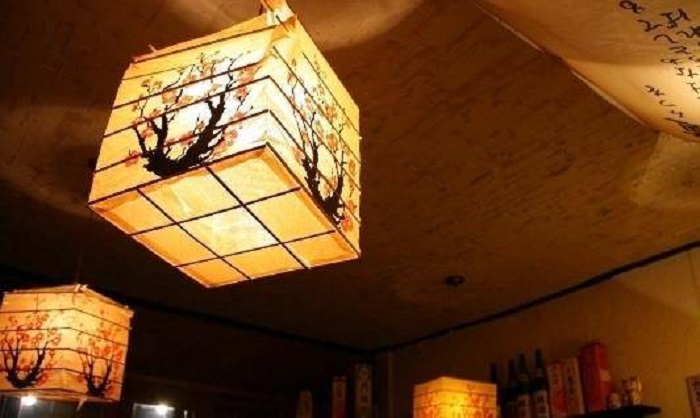
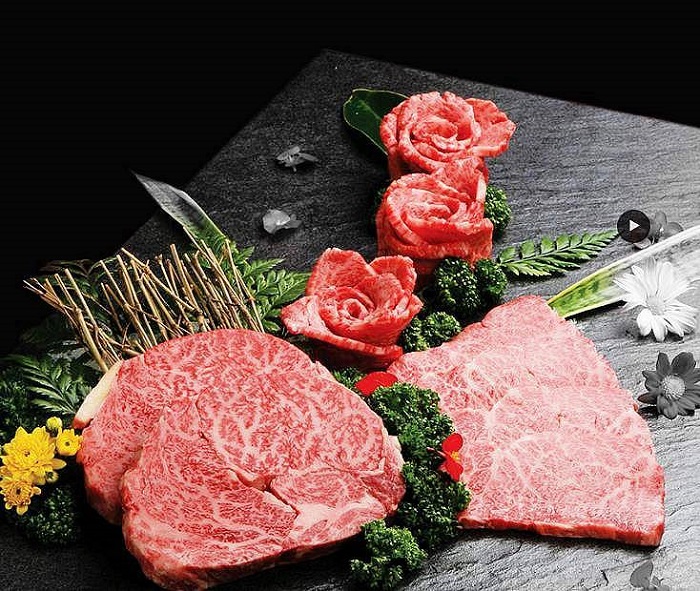
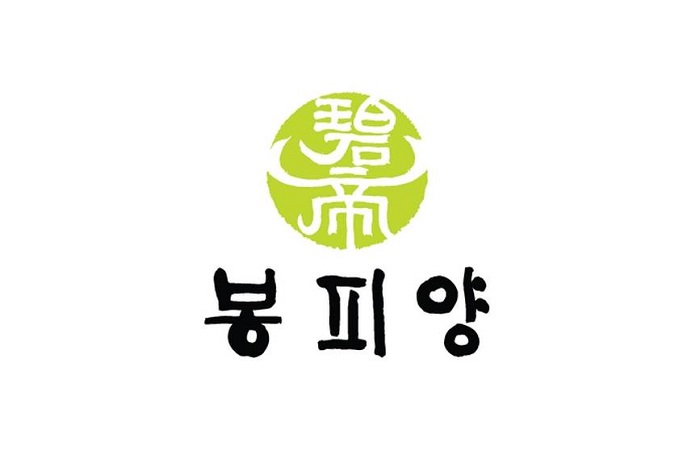

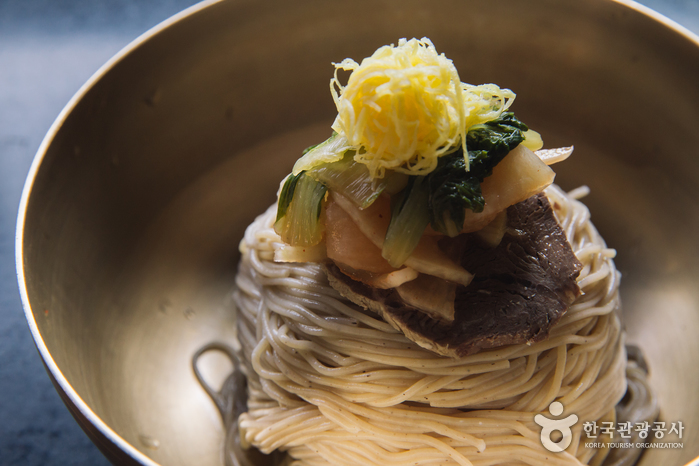
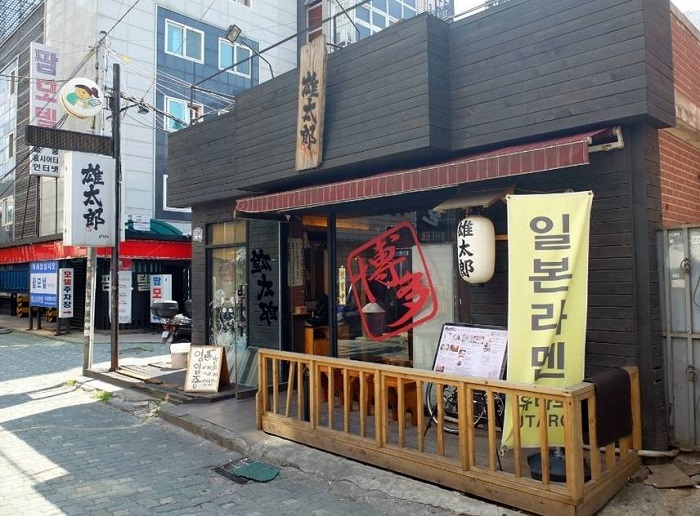

 English
English
 한국어
한국어 日本語
日本語 中文(简体)
中文(简体) Deutsch
Deutsch Français
Français Español
Español Русский
Русский